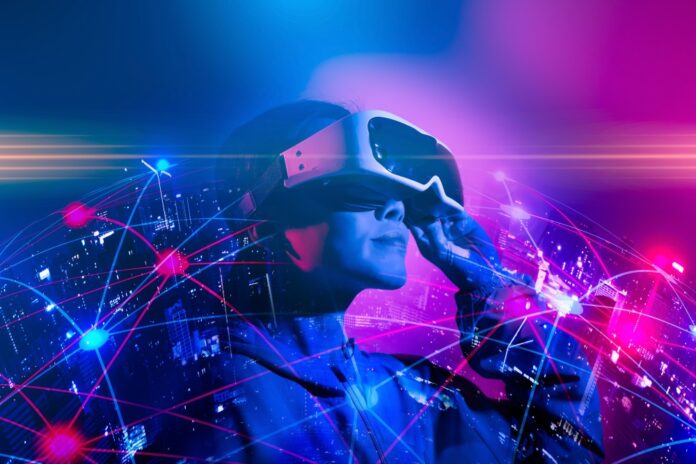Extends reality with trio of top professors from Texas
Swedish equipment Ericsson maker has announced that it’s extending the scope of its collaboration with the University of Texas (UT) at Austin. Researchers from both parties are breaking new ground in the exploration into 6G-powered extended reality (XR).
Ericsson is making a huge investment in what it believes will be a ‘future paradigm shift’, according to Magnus Frodigh, the vendor’s Head of Research. The University’s professors Jeff Andrews, Alan Bovik and Todd Humphreys, world-leaders in their specialisms, will lead this change. “We are always eager to collaborate with the very best researchers and we consider the UT team to be at the forefront, perfectly positioned to place focus on the most relevant research,” said Frodigh.
The extension reinforces the partners’ ambition to develop the foundation for future immersive and seamless XR experiences even in the most-demanding use cases. XR technology is expected to re-invent the way users interact between the cyber and physical worlds as the first large-scale 6G deployments occur around 2030. The logic is that equipment makers can become major facilitators of ‘completely virtual metaverses’ and the embedding of a virtual layer within the physical sphere.
Ericsson joined UT’s 6G@UT research centre as a Level-1 member earlier in 2022. Today, it is upgrading its contribution to Level-IV membership, which includes a new three-year collaboration focusing on XR streaming, sensing and communication designs.
Some say that XR has significant potential to enable a range of ‘highly innovative use-cases’ during the ‘6G 2030 timeframe’. Others would argue that nothing tangible has been identified and the deadline of 2030 is so far away that anything could happen before then. However experts say input from environmental awareness has a particular resonance. The environmental awareness use case could involve ‘outdoor scenarios’ which would need consistently low latency and precise spatial mapping. Details were not provided.
The Ericsson/UT research focuses on the challenge of guaranteeing bounded latency while simultaneously maximising spectral efficiency and capacity both indoors and outdoors, while achieving perceptually optimised streaming to XR devices. The research seeks to develop systems that can be used to scale up XR use cases in the 6G generation. The cross-discipline research team includes leading experts in applications (media encoding and streaming), sensing and communication.
“XR is already here but has a huge potential to go even further with the eventual arrival of 6G,” said Eric Wang, Ericsson ‘s Project Research Leader. “Ericsson wants to ensure users have the best XR experience even as the number of connected devices and demands of the applications increase. This project addresses that paradigm shift, putting latency front and centre so it keeps up with changing demands, as data-intensive uses like holographic communication become more common.”


